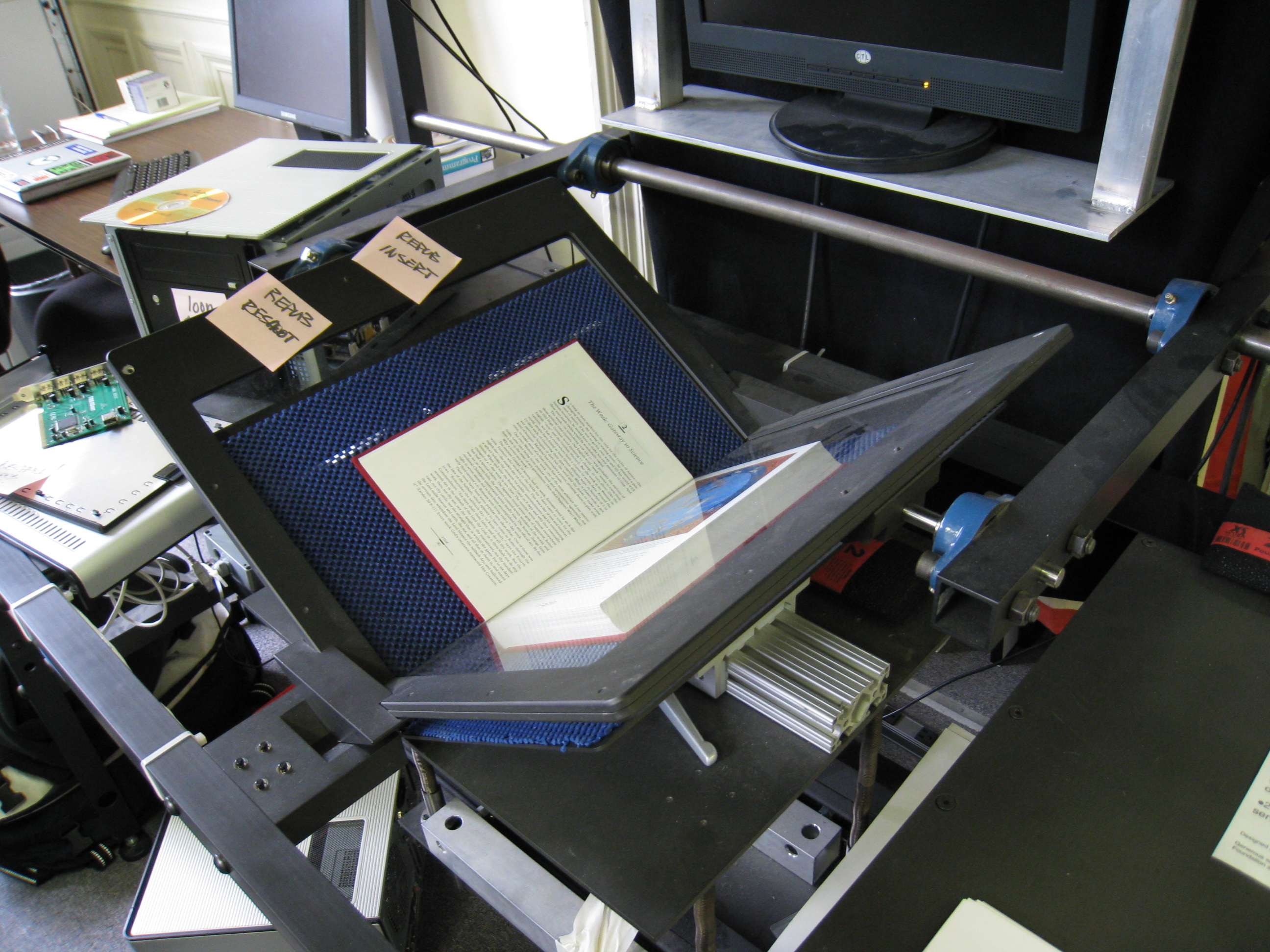|
SWEEPNIK
SWEEPNIK was a device designed by Otto Frisch that used a sweeping laser to follow bubble chamber tracks. It was later used to follow roads as an aid to the digitisation DigitizationTech Target. (2011, April). Definition: digitization. ''WhatIs.com''. Retrieved December 15, 2021, from https://whatis.techtarget.com/definition/digitization is the process of converting information into a digital (i.e. computer- ... of maps.Cambridge Physics part of the Cavendish Laboratory Educational Outreach website for schools and the public References [...More Info...] [...Related Items...] OR: [Wikipedia] [Google] [Baidu] |
Otto Frisch
Otto Robert Frisch FRS (1 October 1904 – 22 September 1979) was an Austrian-born British physicist who worked on nuclear physics. With Lise Meitner he advanced the first theoretical explanation of nuclear fission (coining the term) and first experimentally detected the fission by-products. Later, with his collaborator Rudolf Peierls he designed the first theoretical mechanism for the detonation of an atomic bomb in 1940. Early life Frisch was born in Vienna in 1904 to a Jewish family, the son of Justinian Frisch, a painter, and Auguste Meitner Frisch, a concert pianist. He himself was talented at both but also shared his aunt Lise Meitner's love of physics and commenced a period of study at the University of Vienna, graduating in 1926 with some work on the effect of the newly discovered electron on salts. Nuclear physics After some years working in relatively obscure laboratories in Germany, Frisch obtained a position in Hamburg under the Nobel Prize-winning scientist Ot ... [...More Info...] [...Related Items...] OR: [Wikipedia] [Google] [Baidu] |
Laser
A laser is a device that emits light through a process of optical amplification based on the stimulated emission of electromagnetic radiation. The word "laser" is an acronym for "light amplification by stimulated emission of radiation". The first laser was built in 1960 by Theodore H. Maiman at Hughes Research Laboratories, based on theoretical work by Charles Hard Townes and Arthur Leonard Schawlow. A laser differs from other sources of light in that it emits light which is coherence (physics), ''coherent''. Spatial coherence allows a laser to be focused to a tight spot, enabling applications such as laser cutting and Photolithography#Light sources, lithography. Spatial coherence also allows a laser beam to stay narrow over great distances (collimated light, collimation), enabling applications such as laser pointers and lidar (light detection and ranging). Lasers can also have high temporal coherence, which allows them to emit light with a very narrow frequency spectrum, spectru ... [...More Info...] [...Related Items...] OR: [Wikipedia] [Google] [Baidu] |
Digitization
DigitizationTech Target. (2011, April). Definition: digitization. ''WhatIs.com''. Retrieved December 15, 2021, from https://whatis.techtarget.com/definition/digitization is the process of converting information into a digital (i.e. computer-readable) format.Collins Dictionary. (n.d.). Definition of 'digitize'. Retrieved December 15, 2021, from https://www.collinsdictionary.com/dictionary/english/digitize The result is the representation of an object, image, sound, document, or signal (usually an analog signal) obtained by generating a series of numbers that describe a discrete set of points or samples. The result is called '' digital representation'' or, more specifically, a ''digital image'', for the object, and ''digital form'', for the signal. In modern practice, the digitized data is in the form of binary numbers, which facilitates processing by digital computers and other operations, but digitizing simply means "the conversion of analog source material into a numerical f ... [...More Info...] [...Related Items...] OR: [Wikipedia] [Google] [Baidu] |
Particle Detectors
In the physical sciences, a particle (or corpuscule in older texts) is a small localized object which can be described by several physical or chemical properties, such as volume, density, or mass. They vary greatly in size or quantity, from subatomic particles like the electron, to microscopic particles like atoms and molecules, to macroscopic particles like powders and other granular materials. Particles can also be used to create scientific models of even larger objects depending on their density, such as humans moving in a crowd or celestial bodies in motion. The term ''particle'' is rather general in meaning, and is refined as needed by various scientific fields. Anything that is composed of particles may be referred to as being particulate. However, the noun ''particulate'' is most frequently used to refer to pollutants in the Earth's atmosphere, which are a suspension of unconnected particles, rather than a connected particle aggregation. Conceptual properties The c ... [...More Info...] [...Related Items...] OR: [Wikipedia] [Google] [Baidu] |


